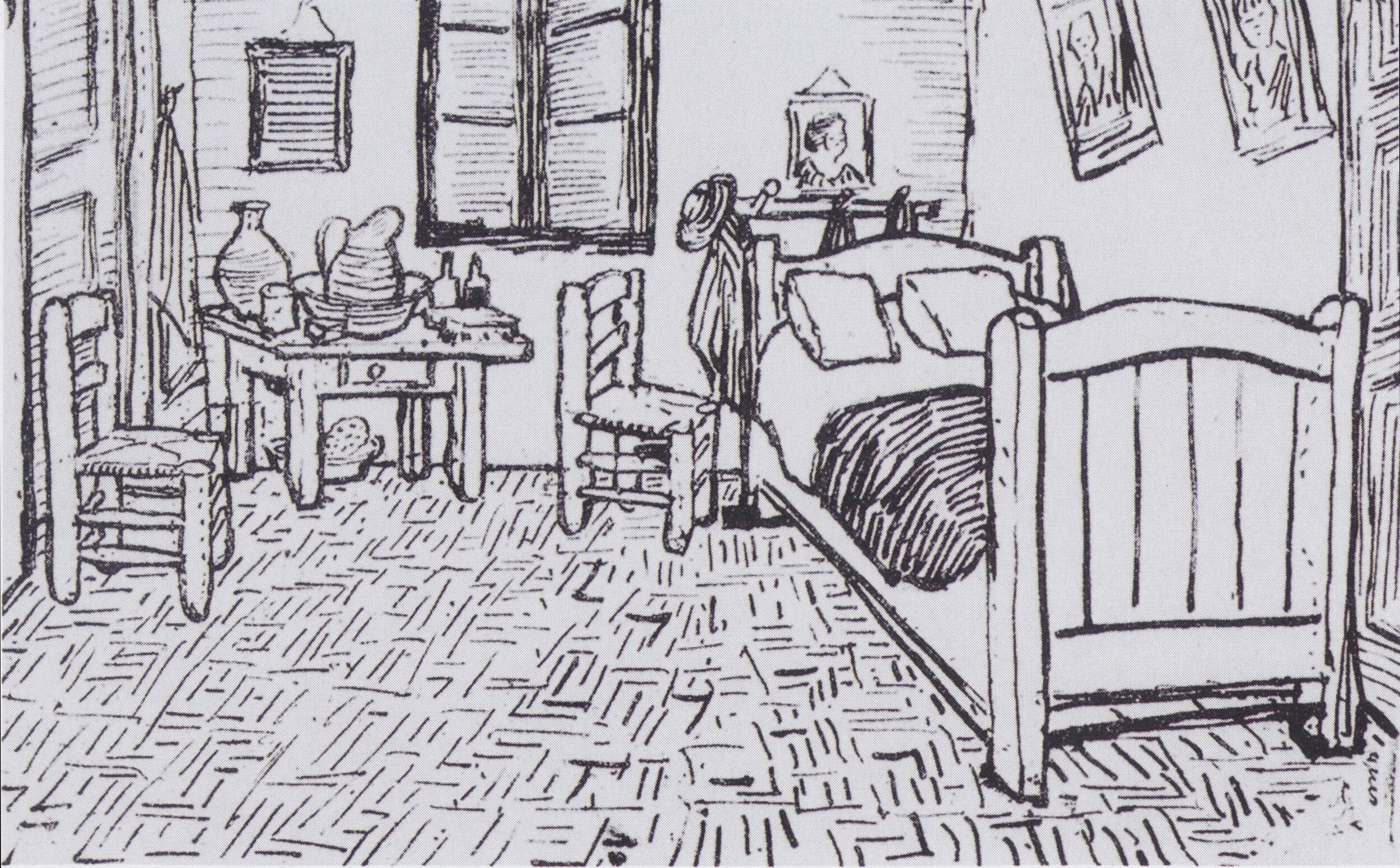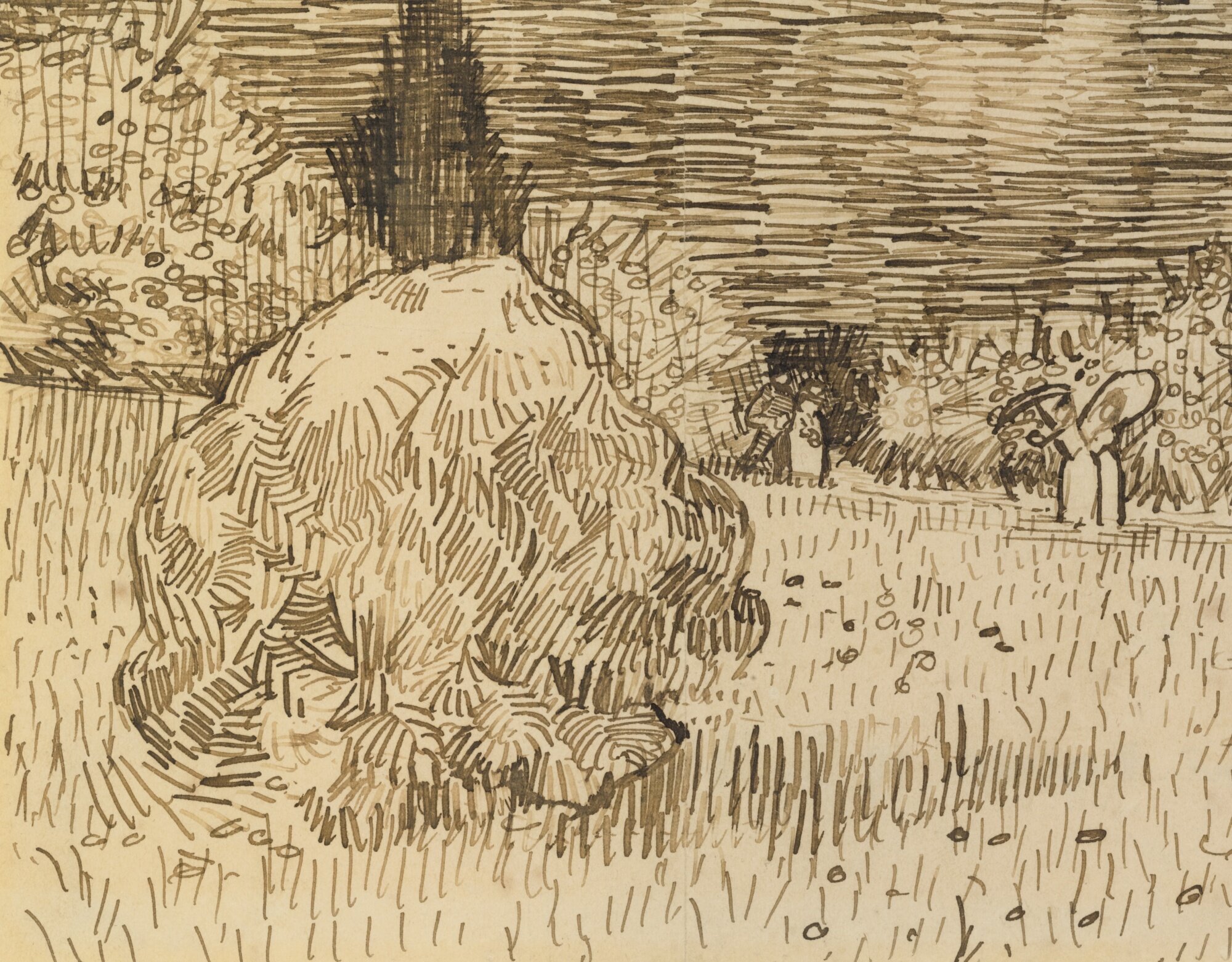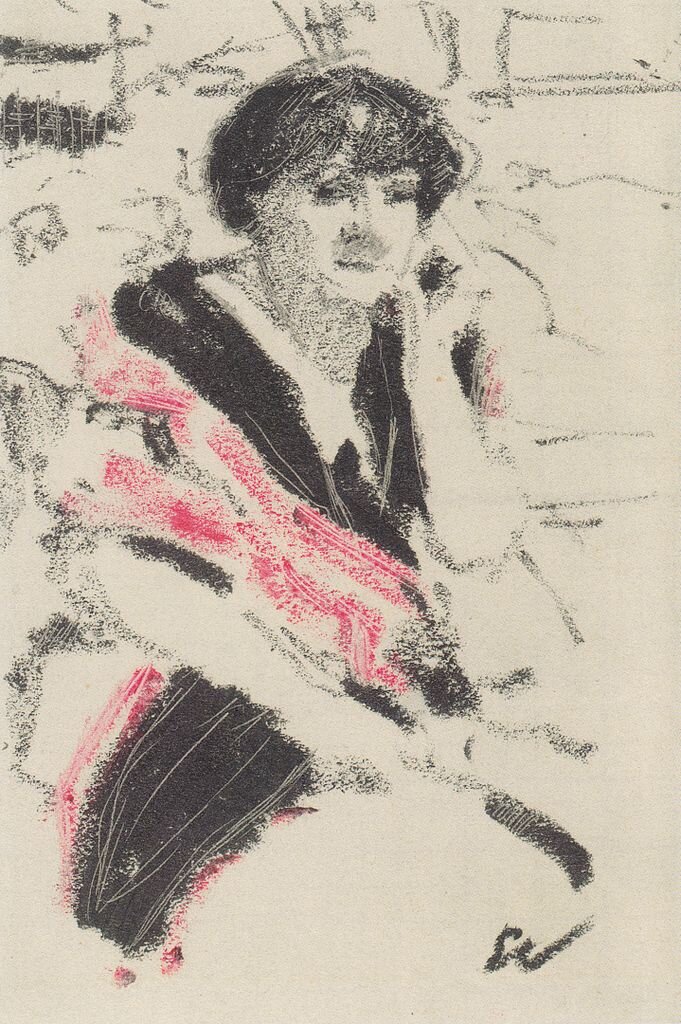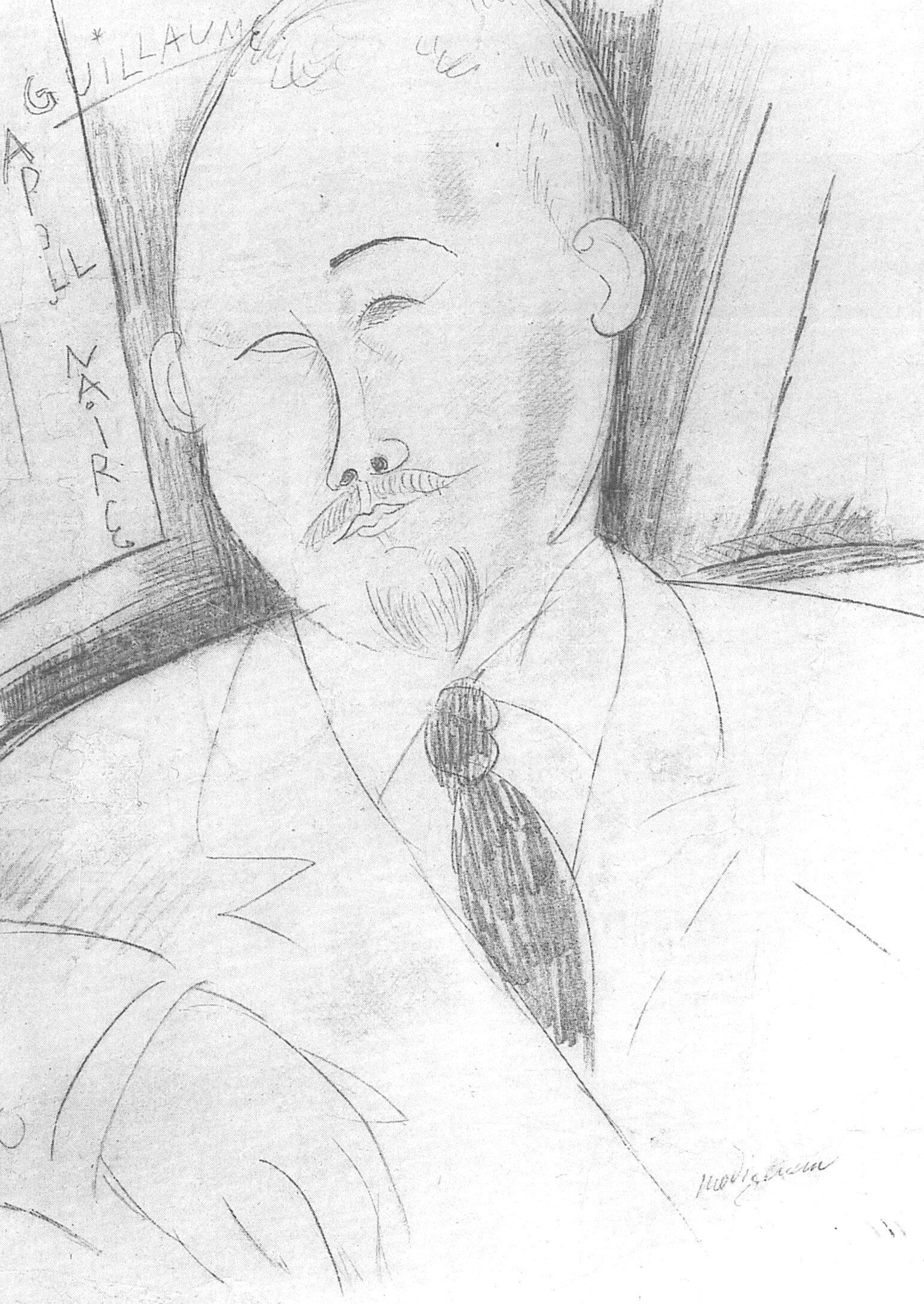POST-IMPRESSIONISM
Post-Impressionism was the term used by the critic Roger Fry about the art in the period between the last Impressionist exhibition in 1886 and the outbreak of the First World War in 1914. Like the Impressionists, the Post-Impressionists drew scenes from every-day life, but now artists reacted against naturalism, using light and colour to focus on form, structure and expression. The distinctive pen and pencil marks of Vincent Van Gogh (1853-1890), emphasis on three-dimensional form in the works of Paul Cézanne (1839-1906), and bold outlines of Paul Gauguin (1848-1903) and Henri Matisse (1869-1954) resulted in stunning works which drew attention to the practice of drawing itself and led the way for the revolutionary developments of the early 20th century. The sculptor August Rodin was a prolific draughtsman too, commenting at the end of his life, “It’s very simple. My drawings are the key to my work.”
Featured















